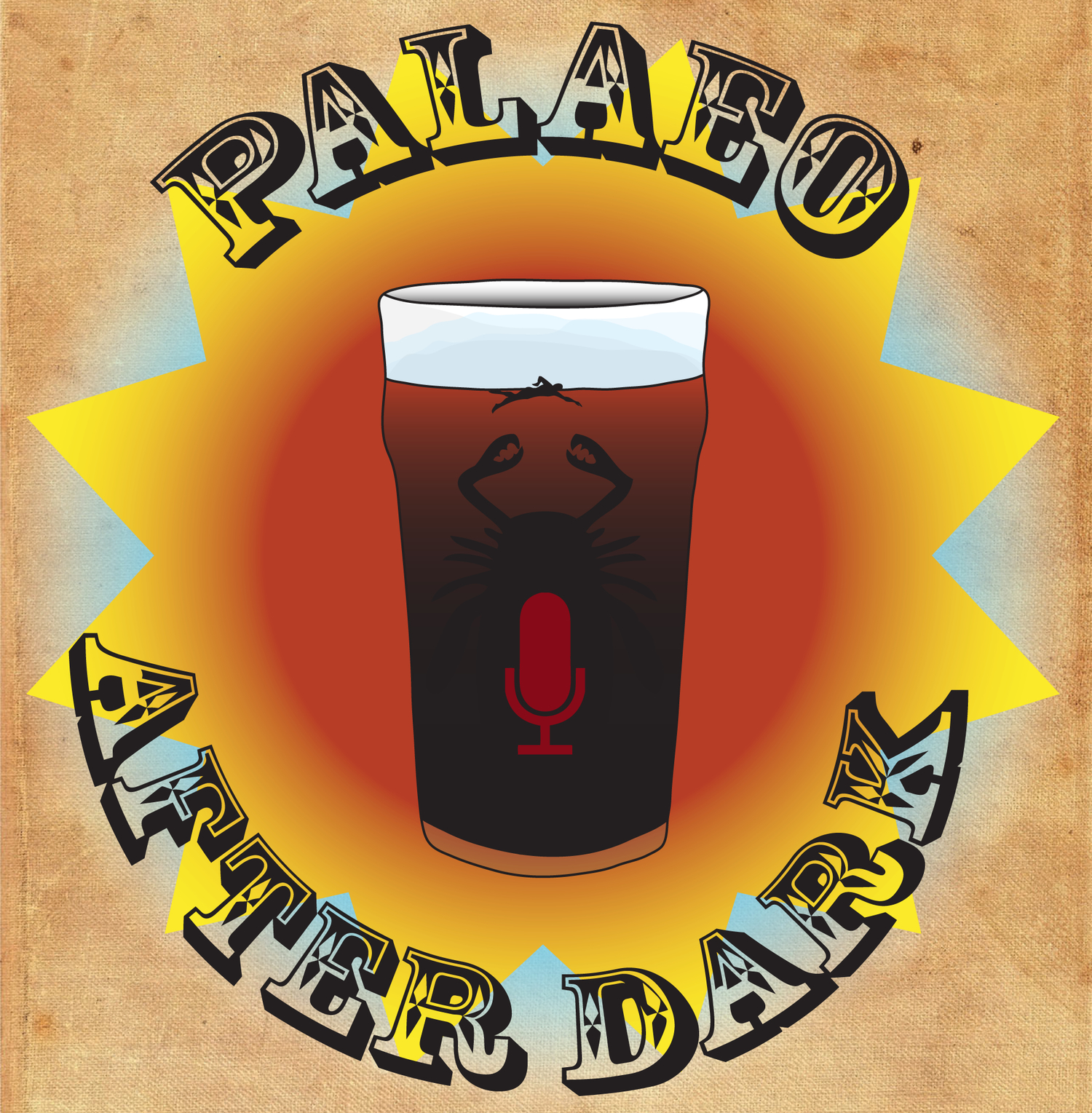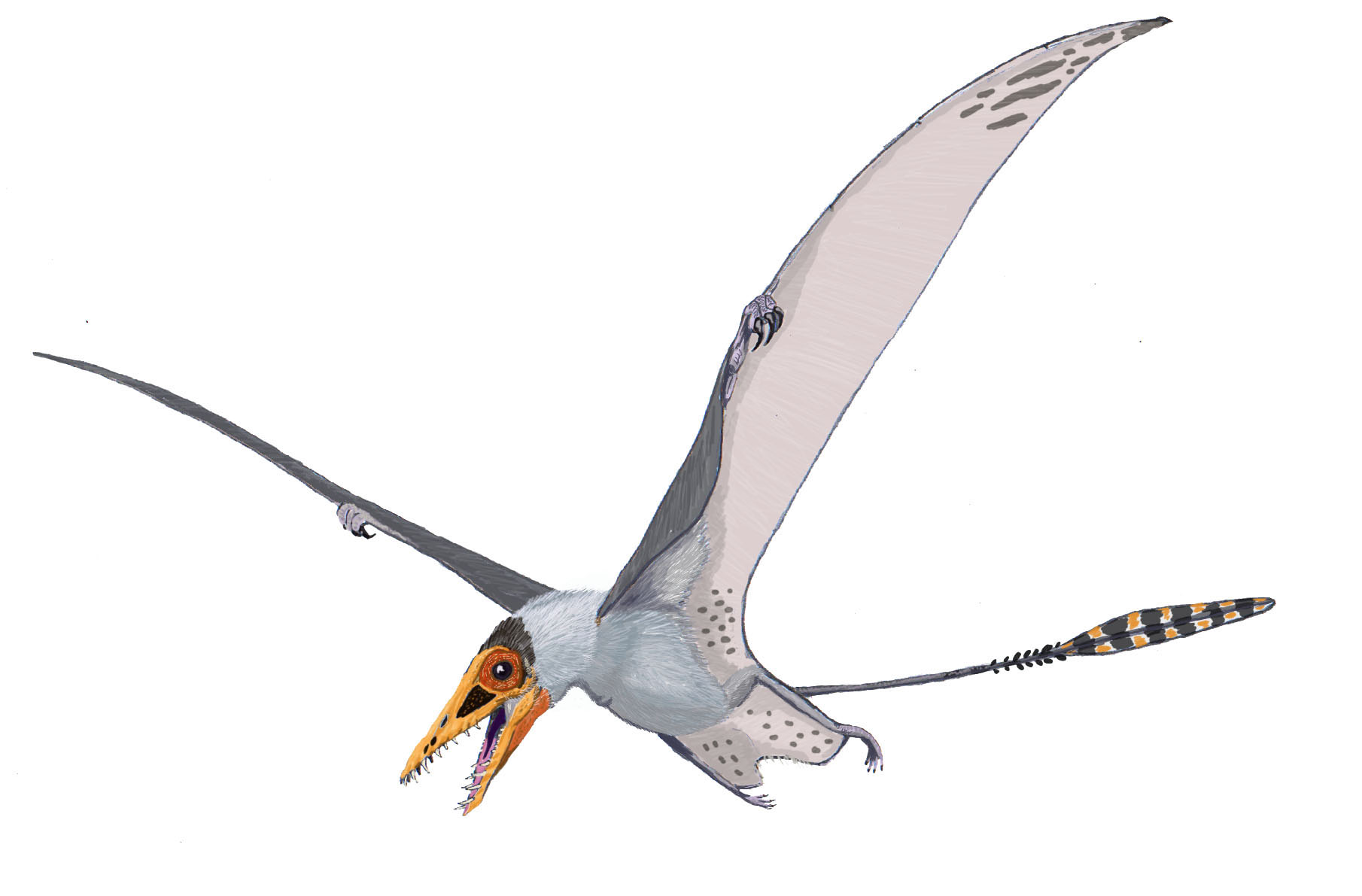Podcast 160 - Weasel Time
/The gang finds two papers that discuss the ecology of fossil mustelids, the objectively best group of mammals. Both of these papers look at creative solutions to try and interpret past life habits for some very complex and debated fossil organisms. Meanwhile, James becomes passionate about food, Amanda wonders what sitcom the podcast must be, Curt discusses the true American Dream, and everyone is very sorry about how off track we get in this podcast. (Editor’s Note: We sort of get to talking about the papers around 7:45)
Up-Goer Five (Curt Edition):
Our friends talk about cute long animals with hair that pretty much everyone of them loves. They find two papers that look at how some of the long animals from very very long again may have lived. They look at the hard parts of the head to see what these long animals could have eaten. Some of these long animal heads are really weird and have big raised edges on the top of the head. One of these papers look at using lot of numbers to try and figure out what one of these very old and weird looking long animals may have eaten. They find that there is a lot of things we need to look at and consider if we want to try and figure out what these very old animals ate. They find that its actually very hard to do, but that's a cool and good thing. We need to use lots of different numbers and study lots of different parts if we want to get a good understand of these very very old animals.
References:
Valenciano, Alberto, et al. "Megalictis, the bone-crushing giant mustelid (Carnivora, Mustelidae, Oligobuninae) from the Early Miocene of North America." PloS one 11.4 (2016): e0152430.
Prybyla, Alixandra N., Zhijie Jack Tseng, and John J. Flynn. "Biomechanical simulations of Leptarctus primus (Leptarctinae, Carnivora), and new evidence for a badger-like feeding capability." Journal of Vertebrate Paleontology (2019): e1531290.

















